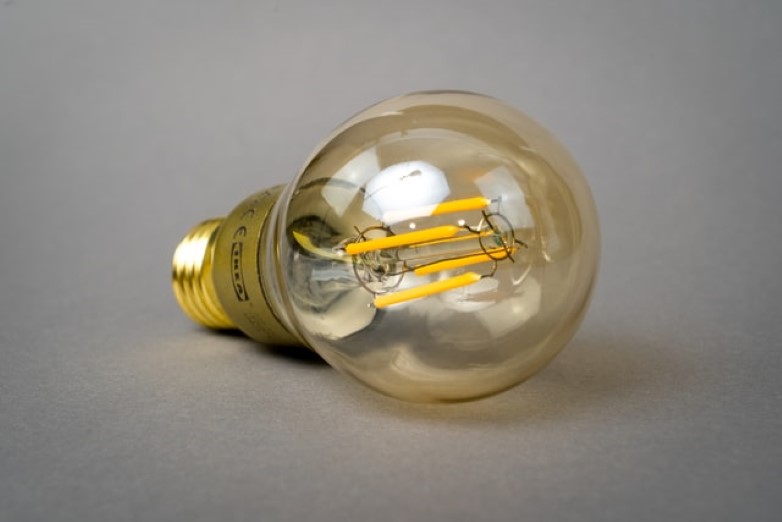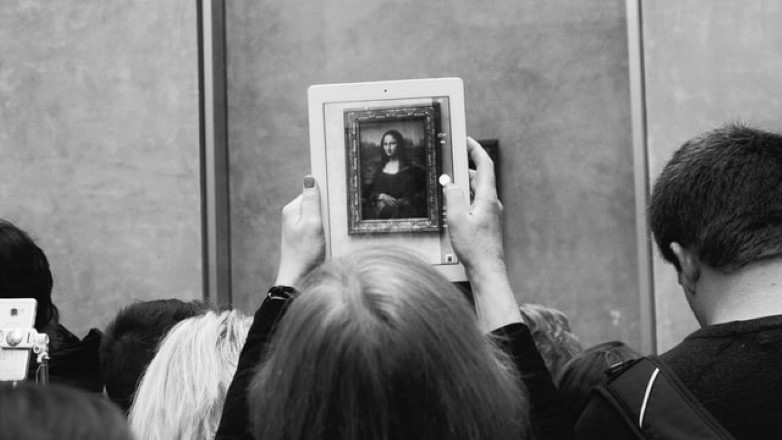Jochen Lennhof, Director at the Minesoft Office in Germany, was recently interviewed by PASSWORD about the effect of digitisation on Minesoft solutions. You can read the German version of the interview on the PASSWORD website here. Or alternatively, we have translated it into English below.
Jochen Lennhof joined Minesoft in 2004 and manages Minesoft’s business and clients in Germany, Switzerland and Austria, playing an active role in developing corporate In-house and work-flow solutions.
With the ever-increasing rate of digitisation, how has this effected the work that Minesoft do and the data that you offer?
The ability to process patent information digitally is crucial to the work that we do. We collect digital information from over thirty different sources and quickly process it for our different platforms, such as PatBase, the searchable patent database, and Legal StatusTracker, the automated monitoring service for patent legal status information. These processes are almost exclusively automated which means that they are as efficient as possible. For example, Chinese patent documents are machine translated and indexed within a day of publication, making them easy to search both in original language and the machine translated version.
The digitisation of patent information has also enabled us to immediately make publications available for chemical structure searching with Chemical Entity Recognition Technology (CERT). This makes patent data more easily accessible by chemists because, in addition to a classic keyword search, a chemical structure can be drawn and the corresponding text searched, from which the chemist can review all relevant patents located.
A growing trend in the patent information field is the ability to render data as a graphic/chart or similar visualisation. To do this, large data sets must be processed in a matter of seconds to create meaningful visualisations of the information. Having patent data that has been checked systematically – and corrected – to ensure high quality and accuracy, together with the most comprehensive pool of underlying data is the important starting point – only this type of procedure in preparing patent data ensures that the resulting searchable information can be trusted. PatBase Analytics V2 provides on-the-fly diagrams and overviews of applicants, classifications and legal status, as well as heat maps and keyword clusters.
In addition, digitisation enhances Minesoft’s visibility through social media and helps us to communicate with customers. You can follow us on Twitter or the Minesoft Blog and connect with us on LinkedIn. We publish many articles and links on the Minesoft website, written regularly by Minesoft staff for IP magazines or by third parties on subjects of interest to Intellectual Property and specifically, patenting.
How has digitisation affected patent offices, for example, in the registration process, and how does that affect the data you are processing?
As data producers, the patent offices determine the quality of the first level data we receive – errors made here can be difficult to fix, however we run algorithms and checks on the first level data and correct or add to the data in various ways. The electronic application process is of great help. For example, in the first step when submitting an application, there is a plausibility check, and further internal and external communication takes place electronically. In the process of “Quality In / Quality Out” this is an important element and one that RWS and Minesoft build on in preparing PatBase data for searching. We add machine translations using the highest quality tools available, using RWS’s worldwide expertise in the field of translation of scientific and patent documents. We translate names of Patent Assignees (patent owners, usually company names) from non-Latin languages such as Chinese and Japanese to provide a standard spelling for Western researchers.
What does the spike in patent applications from China mean for Minesoft as a patent information provider?
More data! It is more important than ever to be able to provide large amounts of information quickly and reliably. It is also important to make sure that we have can provide quality machine translation. Since the end of 2017, we have been using new self-learning systems for machine translation in cooperation with our partner RWS. This “Neural MT Framework” captures the meaning of the text instead of recognising only consecutive words in a sentence. As a result, the translations are timely and of ever-improving quality. We also use this machine translation system for other languages, such as Japanese, Korean and Russian.
The large number of patent applications coming from China is also a symptom of the increasing interest in international patent information there. Hence, the demand for PatBase data has grown significantly over recent years. The commercial subsidiary of the Chinese Patent Office – the Intellectual Property Publishing House (IPPH) – will be supplying our products in China as our new distributor. IPPH has established itself as a leading provider of Chinese patent information products and solutions. The addition of IPPH to our network will expand our presence in the important Chinese market and expand our customer base worldwide.
For more information about our suite of patent solutions, or if you are interested in a free trial/demonstration, contact us at [email protected] or on +44 (0)20 8404 0651.







